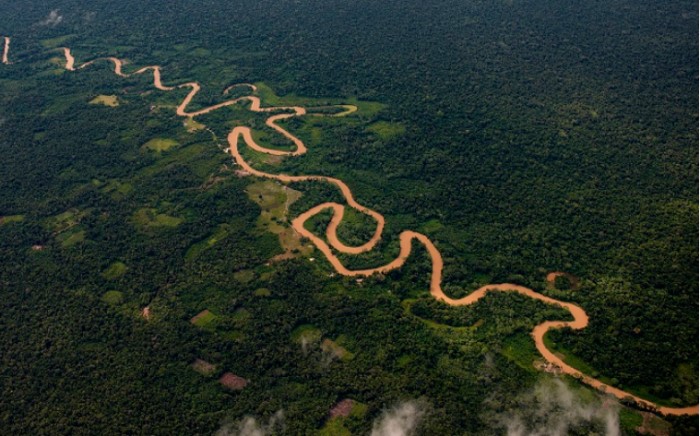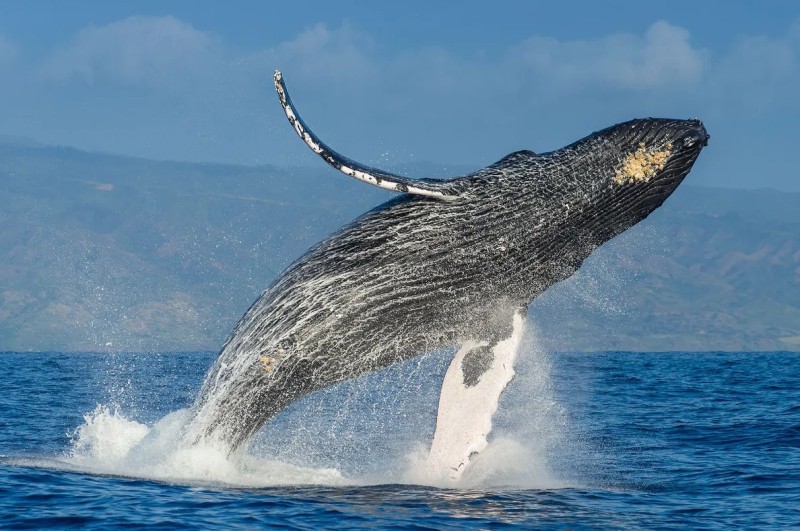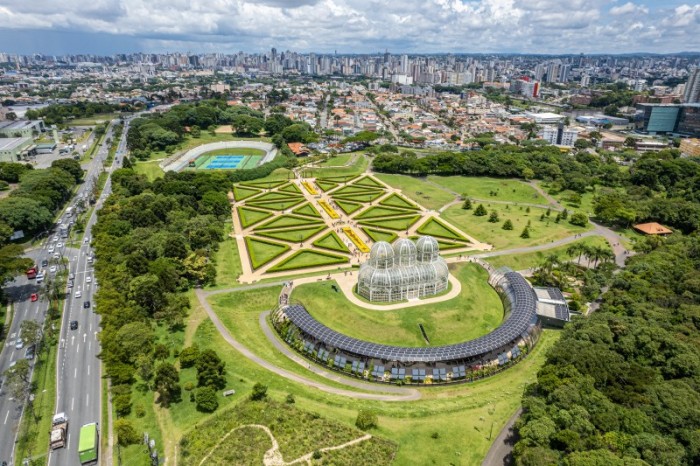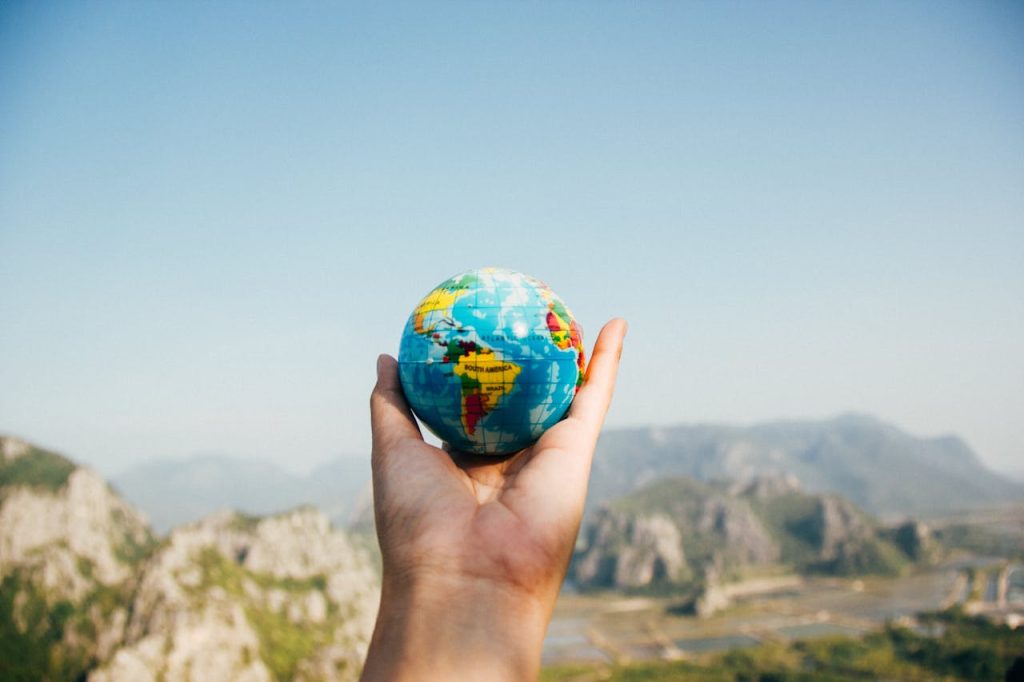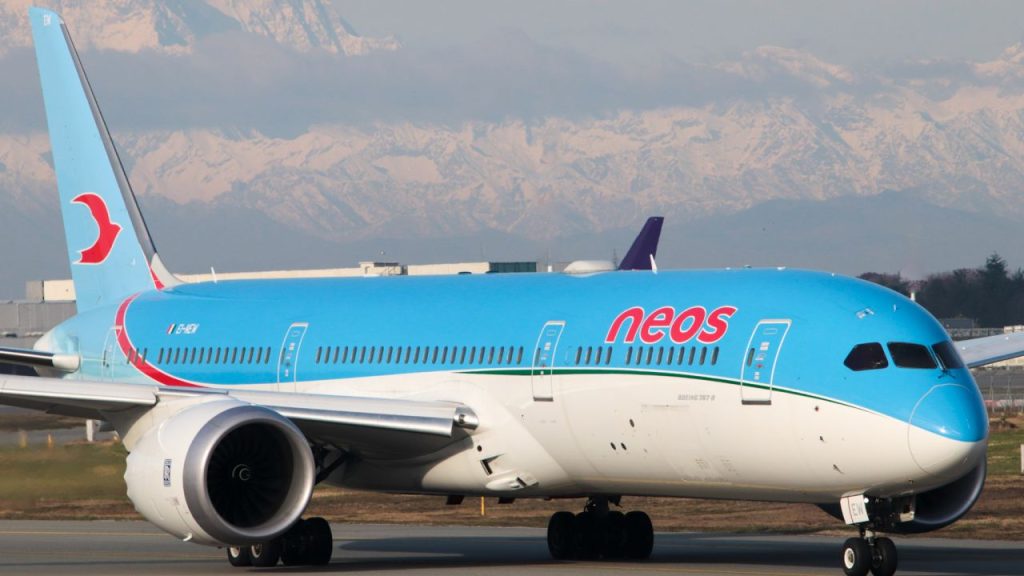Peru is celebrating a major step forward in the protection of its indigenous peoples with the official creation of the Sierra del Divisor Occidental Indigenous Reserve. Located in the Loreto and Ucayali regions, this reserve represents a victory after almost twenty years of relentless struggle by indigenous communities and human rights organisations.
A decision two decades in the making
The Peruvian government has finally given the green light by issuing an official decree for the creation of this reserve, which covers a vast area of Amazonian forest, rich in biodiversity. This historic decision comes after years of advocacy and pressure from indigenous peoples, who have always stressed the importance of protecting their ancestral lands from the growing threats of deforestation, illegal mining and unsustainable infrastructure projects.
The importance of the Sierra del Divisor Occidental Indigenous Reserve
The new reserve covers a considerable area and is home to several indigenous communities living in voluntary isolation. The region is known for its exceptional biodiversity, home to a variety of unique plant and animal species. By protecting this area, Peru is not only preserving a precious ecosystem, but also recognising the rights of indigenous peoples to live according to their traditions and customs, in harmony with nature.
The indigenous peoples concerned
The Sierra del Divisor Occidental indigenous reserve is inhabited by 25 indigenous groups, including the Mayoruna (Matsés), Isconahua, Iskonawa and Capanahua peoples, whose population is estimated at over 7,000. These communities have traditional lifestyles and depend heavily on the forest for their livelihood. The Mayoruna, also known as the Matsés, are renowned for their extensive knowledge of traditional medicine and medicinal plants. The Isconahua and Iskonawa, on the other hand, are smaller groups who live in voluntary isolation, making their protection even more crucial. The Capanahua, with their rich linguistic culture and sustainable farming practices, also contribute to the region’s cultural diversity.
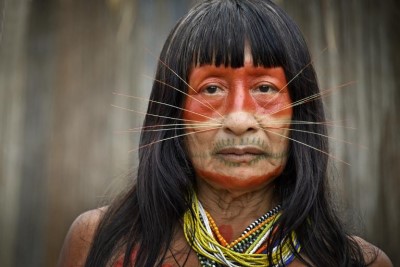
A Symbol of Resilience and Cultural Protection
More than just a geographical designation, the creation of the Indigenous Reserve represents a symbol of resilience for the indigenous communities who have long fought for the recognition and protection of their lands. It also reinforces the role of indigenous peoples as custodians of the Amazon rainforest, underlining the importance of their traditional knowledge in conserving biodiversity.
Support from organisations and government authorities
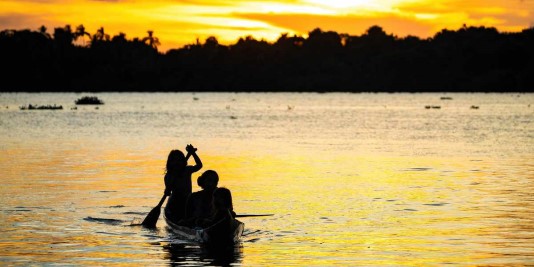
The creation of this reserve was made possible thanks to the unwavering support of various non-governmental organisations, human rights defenders and Peruvian government agencies. The Ministry of Culture, in particular, has played a crucial role in working with local communities to ensure that their voices are heard and their needs respected. This exemplary collaboration shows how joint efforts can lead to positive results in protecting the rights of indigenous peoples and the environment.
Future prospects
The Sierra del Divisor Occidental indigenous reserve has become a model for the protection of indigenous lands in Latin America. It highlights the importance of recognising and respecting the rights of indigenous peoples, while promoting sustainable conservation practices. This success could inspire other countries in the region to adopt similar measures to protect their own indigenous communities and natural ecosystems.
The creation of this new indigenous reserve is a crucial step in the fight to protect the rights of Peru’s indigenous peoples. It represents not only a victory for the local communities, but also a strong commitment to preserving the Amazon and its rich biodiversity. For tourism professionals, this initiative offers a unique opportunity to promote respectful and sustainable tourism, highlighting the cultures and traditions of indigenous peoples, while contributing to the conservation of one of the planet’s most precious ecosystems.

